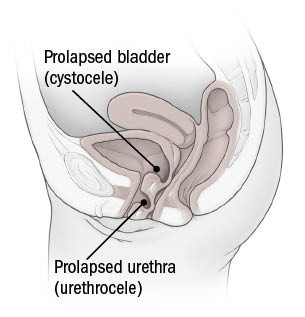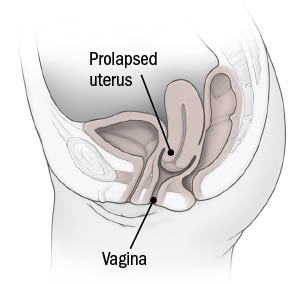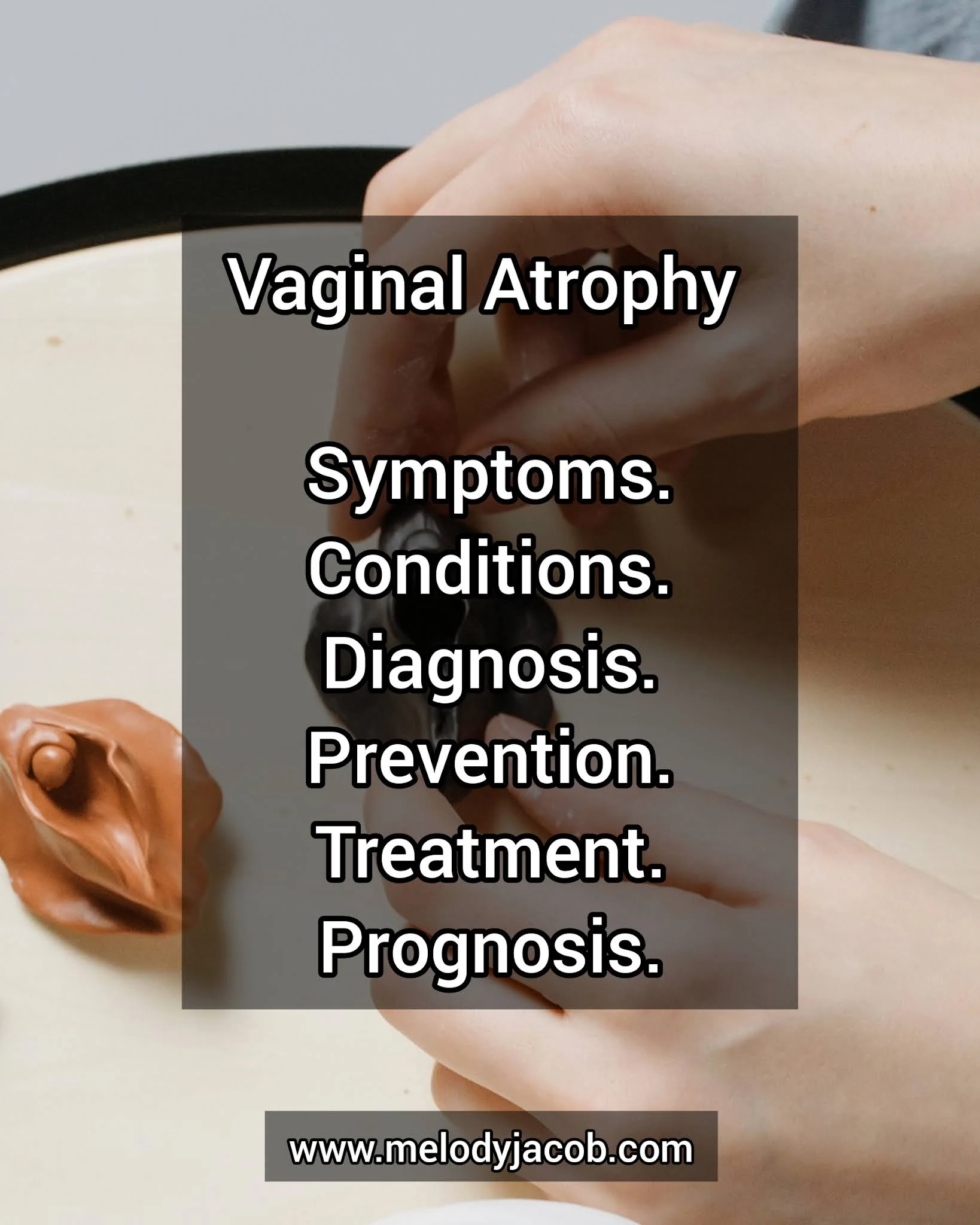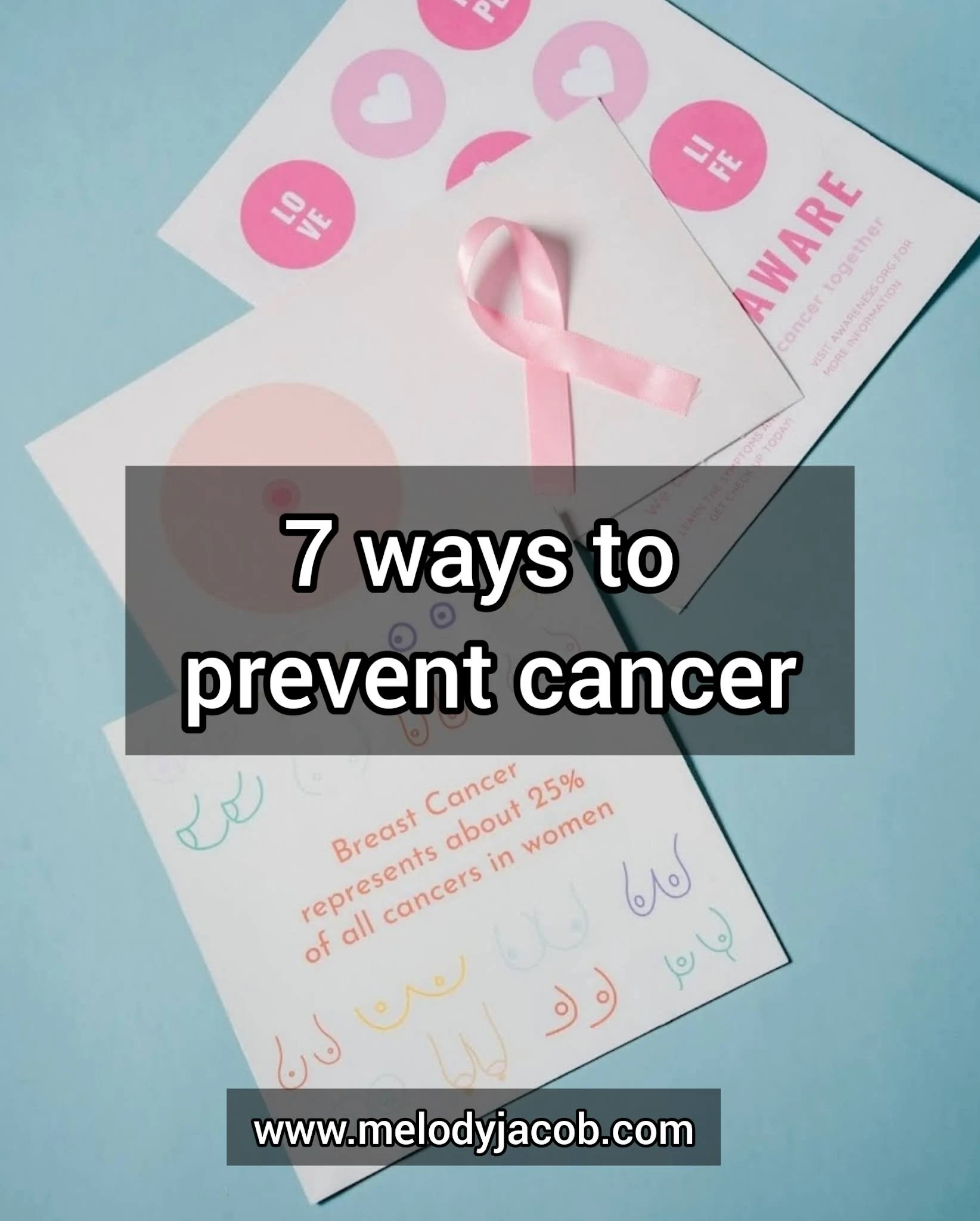It's impossible not to observe a pattern when it comes to many prevalent chronic pain illnesses, such as fibromyalgia, migraine headaches, arthritis, or lupus. The majority of patients diagnosed with these diseases are women. Women are not only disproportionately impacted by diseases that cause chronic pain, but they also have a harder time acquiring a precise diagnosis and receiving adequate therapy.
Pain mystery.
It is unclear why women tend to be more likely to have pain problems that last longer than a short time. It may be due to genetics. A biological explanation for these discrepancies may exist. Tho, the onset of menstruation often causes migraines to worsen in females.
Post-traumatic stress disorder (PTSD) may also be triggered by trauma, including sexual assault, which might lead to additional symptoms such as chronic pain. Women are more likely to have post-traumatic stress disorder (PTSD) than males. Only ten per cent of women will be diagnosed with PTSD over their lives, whereas only four per cent of males will be diagnosed with the disorder.
What causes pain problems to be more prevalent in women?
Women tend to suffer more from pain problems than men, but far too many have to endure for longer than they should due to delayed diagnosis. One of the findings reported in a 2011 study done by the World Endometriosis Research Foundation showed that on average, a woman had to wait seven years from the time she first had symptoms to when she was diagnosed with endometriosis. Like the lining of the uterus, the tissue that causes endometriosis develops elsewhere in the body, resulting in inflammation and scarring.
Also often found in people with fibromyalgia is the delay in diagnosis. The condition is thought to originate in the brain's pain response region.
This is ongoing research.
Cancer treatment may be aided by gut microorganisms. This research is still ongoing and being watched.
Researchers at the National Cancer Institute's Center for Cancer Research discovered that changing the type of microbes in the gut helped people with metastatic melanoma (a type of skin cancer that is aggressive) react to immunotherapy treatments that had previously failed them.
This prevalent issue is frequently overlooked or misinterpreted. Pelvic organ prolapse, a disease in which the uterus, bladder, small intestine, or rectum bulges into the vaginal wall or drops down through the vagina, affects around half of the women over 50. However, unlike other prevalent health issues, many women are reluctant to discuss it, even with their doctors. Some people do it out of embarrassment, while others do it because they believe it's simply something they'll have to cope with as they get older.
Pelvic organ prolapse conditions
Normal positions of pelvic organs

Cystocele and urethrocele

Rectocele

Uterine prolapse

The topic of whether having the COVID-19 vaccination might impact my mammography findings was raised in an article authored by Kelly Bilodeau, Executive Editor, Harvard Women's Health Watch.
He explained that as your immune system prepares to detect and fight the virus, at least two of the authorized COVID-19 vaccinations may cause lymph nodes in the armpit (or other parts of the body) to swell. Although it's a safe transient response, it might cause some confusion on a mammogram. Swollen lymph nodes in the armpit or other surrounding areas are an indication of cancer in rare situations. Experts are now urging radiologists to use caution when interpreting the importance of enlarged lymph nodes observed on a woman's mammography if she has recently received the COVID-19 vaccination, to prevent unneeded testing and worry. If your breast imaging centre hasn't inquired about it, please do so. If your mammography reveals enlarged lymph nodes, your radiologist may recommend that you have further ultrasound testing or return in a few weeks to check if the swelling has subsided. If the swelling does not go away, further testing may be required. To minimize problems, schedule your mammogram before your first dosage or four to six weeks after your second dose. But don't forget to take the test and get your COVID-19 vaccine.
Browsing through venues is one of the most lust-worthy portions of the wedding planning process, right up there with engagement rings and bridal dresses. However, with so many options—at every price point— but it may be difficult especially if you aren't sure where you want to marry. Inspiration and direction are required even for the most imaginative bride.
Your wedding location, which is the most essential aspect of any wedding, makes the celebration spectacular. With years-long waitlists for the most sought-after destinations, it's important to prepare ahead, especially for the most awe-inspiration. Because the location you choose will appear in every image and memory from the day, it's critical to select a location that reflects the significance of the wedding, stunning all guests with its uniqueness.
Here are our top selections for the most beautiful wedding venues across the world, ranging from European chateaux to tropical beaches and unusual American locations.
Your baby has come after 40 weeks of doctor appointments, nursery preparation, and anticipation. You think she's wonderful, healthy, and cute. Over the next few weeks, your excitement is replaced with anxiety: Is she eating enough? Whoa, why does she cry? Is she ill? These concerns follow you around all day and night. You're right, irritated, and anxious. Your loved ones start to worry about you, not just the baby. You wonder if your stress is typical.
Baby blues, ptd, or pta? (postpartum depression, or postpartum anxiety).
You've probably heard of baby blues or postpartum depression. During your postpartum medical appointment, you may have been asked about your mood. Hormone levels drop after birth, causing feelings of sadness, weeping, and overwhelm. These symptoms are minor and only last a few weeks. It's possible that something else is causing the symptoms.
Symptoms of PPD and anxiety (such as poor sleep, trouble relaxing, and irritability). Some women have prenatal and postnatal anxiety, but only a small percentage of those parents experience postpartum depression. Postpartum depression can make it challenging for women to respond to treatments like interpersonal psychotherapy or prescription antidepressants like bupropion (Wellbutrin).
Momentary bouts of postpartum anxiety, like with postpartum depression, might be related to hormone fluctuations. It may also rise in reaction to actual pressures, such as the baby's health, money, or negotiating new responsibilities in relationships. If a woman has experienced pregnancy loss (miscarriage or stillbirth) this can enhance her chances of having postpartum anxiety. Anxiety symptoms may recur after birth if you had anxiety before or during pregnancy. Hormonal changes can cause anxiety and sadness after weaning.
Postpartum panic episodes or OCD symptoms are common. Fear, dread, panic, shortness of breath, and dizziness are among the signs of panic attacks. Unwanted thoughts and compulsions, or deliberate actions to ease discomfort, are called obsessions. Unsettling symptoms for new mothers, especially when they entail hurting the child. Fortunately, obsessions caused by anxiety disorders seldom cause harm to newborns.
Even if your overall body weight is within acceptable limits, extra belly fat increases your risk of heart disease, according to the American Heart Association (AHA) in a statement published online by Circulation on April 22, 2021. The most dangerous form of fat for your heart, according to the AHA's evaluation of the research, is visceral adipose tissue (VAT), which is found deep within your body, surrounding your organs. not the type of fat that you can touch just beneath the skin. VAT is a physiologically active chemical that produces inflammatory molecules that can damage blood vessels and create other cardiovascular issues.
Stone fruits include peaches, olives, nectarines, mangoes, plums, cherries, lychees, apricots, and dates, which all have big, hard seeds or pits. They're all good sources of fibre, Vitamins A and C, and potassium.
While they're all tasty on their own, you might want to try them in any of these recipes:
Grilled Nectarines
Cut nectarines in half and remove the seeds before grilling. Brush both sides with a neutral oil (corn oil, for example) and a pinch of brown sugar. Grill for 3 to 5 minutes, turning once or twice until lightly browned. Serve with arugula, toasted pine nuts, and crumbled feta cheese as a side dish or dessert, or as a salad with arugula, crumbled feta cheese, and toasted pine nuts.
Roasted plums
Positive psychology is a branch of psychology that focuses on positive thinking and approach. Positive Psychology has been related to improved health, a longer lifespan, and a higher sense of well-being.
Positive thought has a lot of power. Positive emotions have been related to improved health, a longer lifespan, and a higher sense of well-being. Chronic anger, anxiety, and animosity, on the other hand, raise the risk of heart disease.
Being joyful comes naturally and effortlessly to some individuals. Others will have to put forth the effort. What steps may one take to become happier? This is where positive psychology enters the picture. This relatively young topic of study has been looking at how people and institutions may aid in the pursuit of greater happiness and purpose. It has discovered a number of paths to happiness:
Although research shows that this bone-building vitamin may reduce cancer risk, many older individuals are still deficient.
Vitamin A, B, and C are important vitamins. Is it possible to get enough vitamin D?
Vitamin D is a fat-soluble vitamin, which means that it is stored in fatty tissues and the liver when it isn't used. Its primary function is to aid in the absorption of bone-building calcium by the body. Vitamin D, on the other hand, may have an important function in health.
Vitamin D may lessen the risk of several malignancies by reducing chronic inflammation and boosting immunity.
While further study is needed, numerous studies have revealed a relationship between vitamin D levels in the blood and the risk of cancer.
For example, one research published in The Journal of the National Cancer Institute in February 2019 looked at the vitamin D levels of 12,000 individuals. It discovered that individuals with insufficient levels, defined as fewer than 12 nanograms per millilitre (ng/mL), had a higher risk of colorectal cancer than those with levels between 20 and 25 ng/mL, the lower range of what is considered appropriate for bone health. People with levels of 30 to 40 ng/mL, which are more than what is considered adequate, saw an additional advantage. People with more than 40 ng/mL showed no further benefit.
In order to stay healthy all year, proper hydration is important. Check out the following to learn how to get your daily water intake flowing.
For humans, survival may be achieved for around three weeks without food, but only for a few days without water. Because of this, 40% of seniors are chronically underhydrated, and elderly adults are more likely to be admitted to the hospital with dehydration issues.
The main issue is that thirst lessens with age. Older individuals have a slower sense of thirst than younger ones, and when they finally realize they are thirsty, they are already dehydrated.
keep your health hydrated
Water is vital for several reasons. It aids in the absorption of nutrients, regulates body temperature and blood pressure, facilitates joint lubrication, aids in the prevention of infections, and keeps all organs in good working order. In addition to aiding with digestion, water helps kidney function by helping to move food through the digestive tract.
It's important to stay well-hydrated as dehydration harms brain health. The European Journal of Nutrition research released Nov. 27, 2019, revealed that dehydration negatively affects cognitive functions, such as sustained attention and working memory.
Men who are healthy should drink an average of 13 cups of fluid a day, not only water. Many meals are rich in water.
Herbs, spices, and other taste enhancers may help you consume less salt, lowering blood pressure. High blood pressure, a major cause of heart disease, drops when sodium, a component of salt, is reduced.
Spices, herbs, aromatic roots (including onions, garlic, and ginger), citrus, and kinds of vinegar may all be used to flavour meals without adding salt. Two more flavour-enhancing tips: eat fresh foods and prepare them properly. If you can master these methods, your meal will taste so good you won't need salt.
Salt's impact on blood pressure
Research combining data from hundreds of clinical studies published since the early 1970s found that eating less salt lowers blood pressure.
The studies ranged from four weeks to three years and included over 10,000 individuals. Their daily salt consumption varied from 0.4 to 7.6 grams (diet, supplements, or both). (We Americans eat over 3.4 grams of salt each day.) The studies also assessed 24-hour urine sodium levels to confirm intake.
Insomnia is defined as difficulty getting adequate sleep or sleeping uninterruptedly. You may have trouble going asleep, waking up too early, or waking up during the night. Any type of insomnia might make you feel drowsy and tired during the day.
Almost everyone experiences insomnia at some point in their lives, yet insomnia is not a temporary condition for everyone. Chronic insomnia is defined as insomnia that occurs virtually every night for at least one month. Insomnia can be caused by a medical or psychiatric condition, emotional tension or excitement, or your day and nighttime routines.
The most common reasons for short-term insomnia difficulties are your behaviours and surroundings. Insomnia can be caused by a variety of factors, including:
- Anxiety or stress
- A change in sleeping arrangements (staying at a motel or at a relative's house)
- Uncomfortable sleeping conditions (too hot, too cold, too bright, too noisy)
- An inconvenient mattress
- a pair of pyjamas that is overly tight
- Having a bed companion that snores or sleeps in an inconvenient manner
- So your brain links lying down in bed without activities other than sleeping with watching television, reading a book, or problem-solving.
- Before going to bed, eat a large supper.
- Taking a prescription drug with sleeplessness as a side effect.
- Before going to bed, you should avoid drinking alcoholic beverages.
- During the day, drinking a lot of caffeine-containing drinks (coffee, tea, cola)
- Using a cigarette
- Exercising just before the night is a good idea.
- Not doing enough exercise during the day so you have more energy
- Before going to bed, take a hot bath or shower.
- When you go to a different time zone, it's important to keep in mind that you'll be
- Getting to a much higher elevation
- Work in shifts

Vaginal atrophy is a change in the vaginal tissue that occurs when levels of the female hormone estrogen drop significantly. Atrophic vaginitis is another name for the disease.
Estrogen, which is generated by the ovaries, is essential for maintaining the lubrication and health of vaginal tissues. Vaginal tissue becomes atrophic – thin, dry, and shrunken — when estrogen levels are low. In an atrophic condition, the vagina may become more prone to inflammation.
Low estrogen levels induce vaginal atrophy in the following conditions:
*Menopause occurs when natural age-related changes in the body force the ovaries to produce less estrogen.
*Surgically removed ovaries before natural menopause, which can be done at the same time as a hysterectomy (removal of the uterus).
*Women with diseases like uterine fibroids or endometriosis are treated with medicines that lower estrogen levels.
*Premature menopause is defined as the onset of menopause before the age of 40, which is earlier than the average woman's age of menopause.
*Breastfeeding
*Vaginal atrophy usually progresses slowly enough that a woman may not detect any symptoms until five to 10 years after menopause has begun.
Educative read: 7 CANCER-PREVENTION METHODS.
You are not powerless in the face of cancer, even if you have a family history of the disease. Approximately 40% of malignancies can be avoided by changing one's lifestyle.
In reality, there are a number of ways to reduce your cancer risk throughout the course of your life. Some are simple, like obtaining suggested health tests. Others, such as maintaining a healthy body weight, fitting in regular exercises, or altering your diet, maybe more difficult. However, even tiny steps toward using the techniques listed below can help preserve your health in the long run.
1. Eat a healthier diet
Eating a diet that is mostly plant-based, low in red and processed meats, and low in added sugars lower your risk of cancer. Both stress unsaturated fats, whole grains, fruits and vegetables, as well as nuts and legumes, and are low in processed foods.
2. Be cautious of what you consume.
Another component of nutrition that individuals often overlook is limiting alcohol use. Alcohol intake has been related to a variety of malignancies, particularly among heavy drinkers, according to research. Even individuals who only have one or two drinks each day aren't immune.
Recent findings show that even modest to moderate alcohol use is connected with an elevated risk of various malignancies, including oesophagal cancer, breast cancer, and colorectal cancer. It may be difficult to give up a regular drink if you love it. However, reducing your consumption is something to think about. A drink once or twice a month is unlikely to increase your cancer risk.

What is Yaws
There are three phases of yaws:
Early yaws – A raspberry-like lump forms on the skin three to five weeks after a person is exposed to yaws, most often on the legs or buttocks. This hump, also known as a framboesia or mother yaw, will get bigger over time and develop a thin yellow crust. The region may itch, and surrounding lymph nodes (enlarged glands) may be swollen. Within six months, the bump generally cures on its own.
Second-stage yaws — The following stage of yaws might start while the mother yaw is still visible, or it can take weeks or months after the first stage has healed. A crusty rash appears at this stage, which can affect the face, arms, legs, and buttocks.
Late yaws – Only approximately 10% of persons who are infected with yaws develop late yaws. It can occur five years after the onset of early yaws, resulting in serious damage to the skin, bones, and joints, particularly in the legs. Late yaws can also produce gangosa, also known as rhinopharyngitis mutilans, which attacks and destroys portions of the nose, upper jaw, palate (roof of the mouth), and pharynx (part of the throat). A person with late yaws may experience headaches and nasal discharge if there is oedema around the nose.
You probably already know that maintaining good heart health necessitates a healthy diet, regular exercise, and the management of well-known heart disease risk factors such as high blood pressure. But did you realize that your brain also has an impact on your heart's health?
Researchers have increasingly discovered correlations between poor mental health and an increased risk of heart disease in recent years. This isn't unexpected, given how mental illnesses may impact your behaviour. If you're sad, for example, you're less inclined to exercise regularly or to consume excessive amounts of alcohol.
Furthermore, some mental health difficulties and mental health illnesses can cause physical changes in the body, which can increase cardiac risk in a variety of ways.









